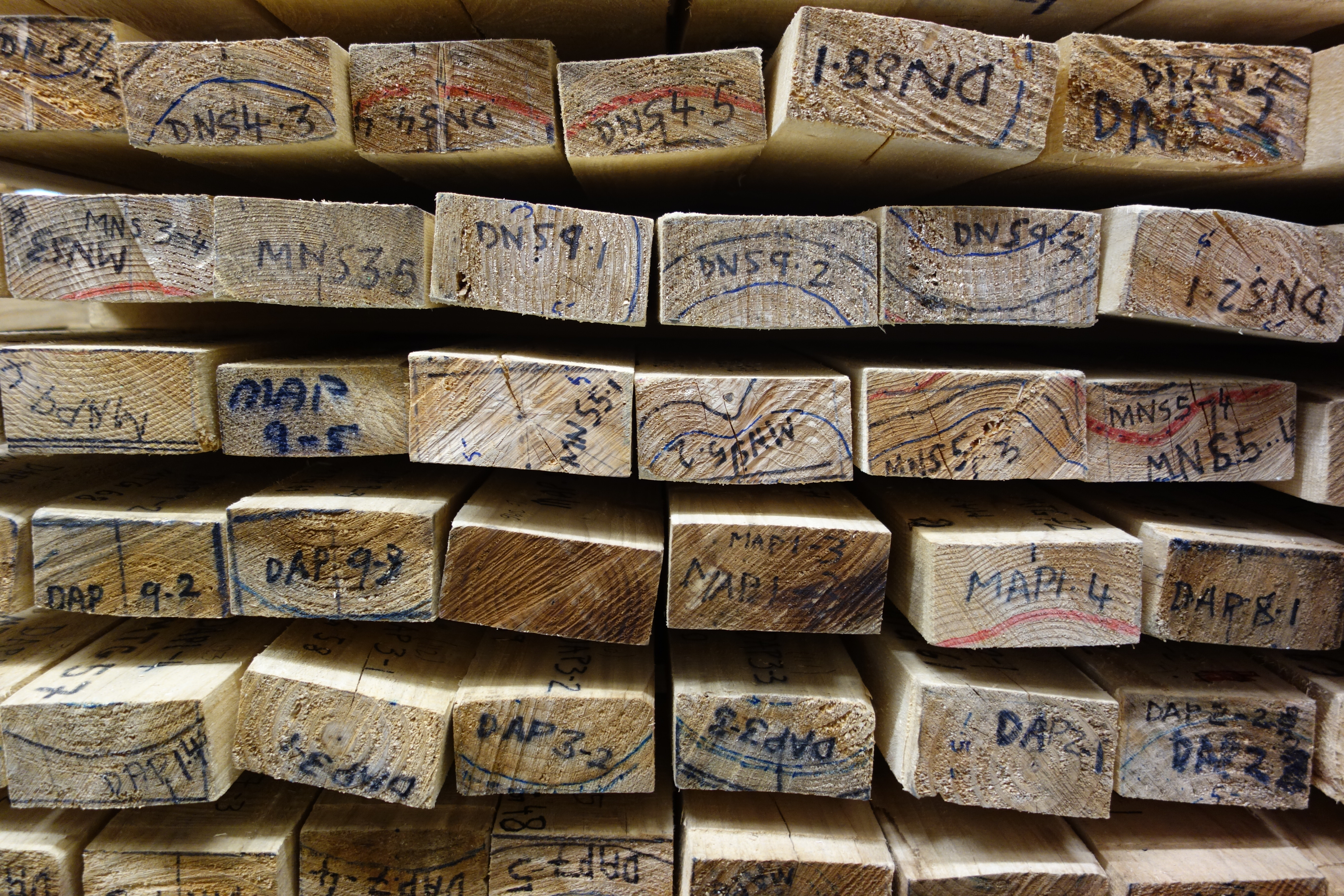
 On the 12th April, David Gil-Moreno presented his research at the Young Researchers’ Forum III “Innovation in Construction Materials”. The event was organised and hosted by the Department of Civil and Environmental Engineering at Imperial College London and promoted by the Cementitious Materials Group of The Institute of Materials, Minerals and Mining, The Institute of Concrete Technology and The Mineralogical Society. The Wood Technology Society is also part of The Institute of Materials, Minerals and Mining so it was good to get wood in there amongst the concrete.
On the 12th April, David Gil-Moreno presented his research at the Young Researchers’ Forum III “Innovation in Construction Materials”. The event was organised and hosted by the Department of Civil and Environmental Engineering at Imperial College London and promoted by the Cementitious Materials Group of The Institute of Materials, Minerals and Mining, The Institute of Concrete Technology and The Mineralogical Society. The Wood Technology Society is also part of The Institute of Materials, Minerals and Mining so it was good to get wood in there amongst the concrete.
The Forum provided an opportunity for young researchers, involved in construction materials, to present their work and exchange ideas in a friendly and supportive environment. David presented part of his work on timber for construction.
Timber in Great Britain is mostly produced from Sitka spruce (Picea sitchensis). Biotic threats have led tree growers to consider the planting of a wider range of species to offer a more resilient forest. There is little information on how this will impact on domestic timber production, and the future supply of graded structural timber. Samples from some of the candidate species were tested according to standard procedures and assessed against current timber grades. Results showed that it is possible to produce timber suitable for use in construction from these species.
The majority of wood produced in G.B., particularly for construction, comes from Sitka spruce, a species that has been grown for this purpose since around 1920. Many years of research and industrial experience have characterised the wood properties of this species. However, recent outbreaks of pests and diseases in the UK have highlighted the potential threats to a species monoculture; diversifying the species being grown is one way to manage the risk and ensure that there is a wood supply for future generations. There are differences in wood properties between species and in order to provide guidance on which species are likely to be useful for timber, we need to collect some evidence. The environment plays a big role in shaping the timber that a tree produces therefore we need to examine trees in the regions in which are likely to be grown.
This study investigates the wood properties of four conifer tree species that currently form a minor component of the wood resource in G.B. but may play a more important role in the future.
The four species investigated in this paper are: Norway spruce (Picea abies), noble fir (Abies procera), western red cedar (Thuja plicata) and western hemlock (Tsuga heterophylla).
Our research demonstrates that the four species investigated are potentially capable of producing high yields of C16 (the basic customary strength class used in the United Kingdom) for a rotation length of 45 years. Norway spruce and western hemlock can also produce high yields of C18.

Leave a Reply
You must be logged in to post a comment.